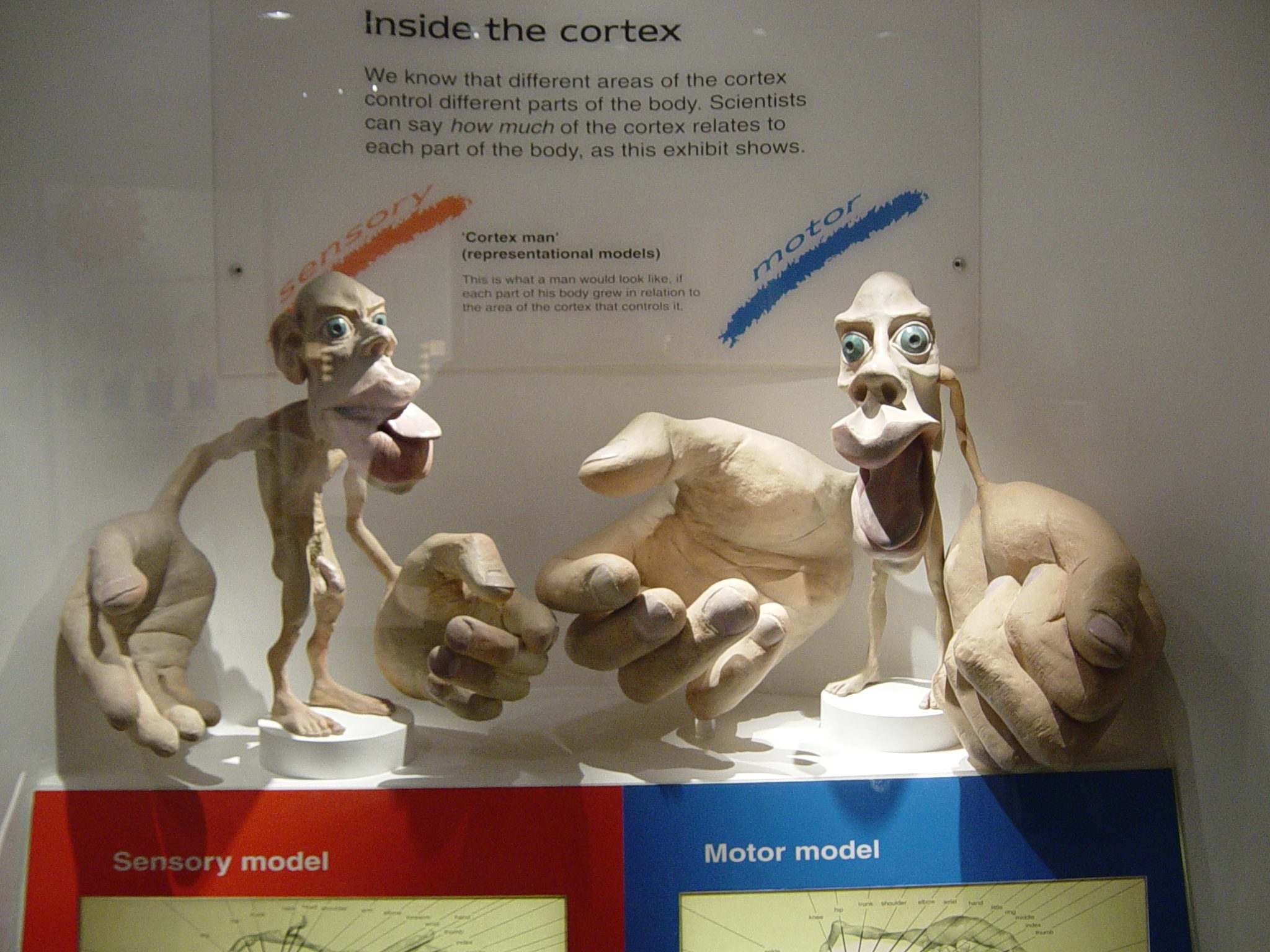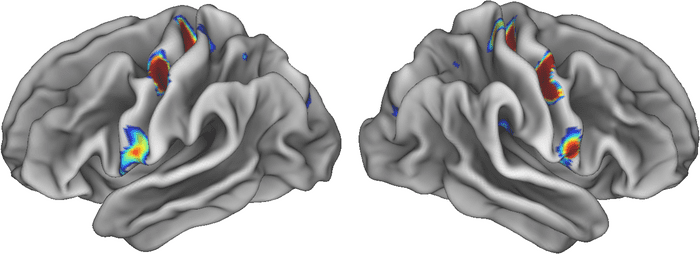The idea of a body-mind connection could have even more truth to it than you think. A new study has found evidence that the parts of the brain that control movement are entwined with neural networks responsible for planning and thought, and can directly affect involuntary processes like heartbeat. The findings go beyond models of the motor cortex that haven’t changed much within the last century, suggesting that the body-mind connection could be enmeshed in the very fabric of the brain itself.
Lots of people swear by practices like meditation and exercise to relieve stress and the symptoms of anxiety. “Those sorts of practices can be really helpful […] but so far, there hasn’t been much scientific evidence for how it works,” said study first author Evan M. Gordon, of Washington University School of Medicine, in a statement. “But now we’ve found a connection.”
Scientists’ understanding of the organization of the human motor cortex – the parts of the brain that allow us to plan, execute, and control movements – hasn’t changed much since the seminal work of Wilder Penfield in the 1930s. A pioneering neurosurgeon, Penfield made strides in many areas of research, but he’s perhaps best known for his map of the organization of the motor cortex.
Possible science textbook flashback incoming:

The homunculus, from the Latin for “little man”, depicts how much of the motor cortex is dedicated to the control of different body parts. For example, the hands in the above image are massive compared to the rest of the body, indicating how much cortical space is given over to their control.
The authors of the new study set out to replicate Penfield’s map of the motor cortex using modern functional magnetic resonance imaging (fMRI). As well as experiments on seven people, they mined huge public datasets with scans of over 50,000 people’s brains. What they didn’t expect to find was that – according to their data – Penfield’s map wasn’t quite correct.
While the areas that control the hands, feet, and face were in the expected locations, there were other areas interspersed with them that did not appear to be involved in movement at all. These non-movement areas also looked different, and were strongly connected to parts of the brain that control things like thinking, planning, pain, and involuntary functions like heartbeat.
After some further analysis, the authors discovered that the non-movement areas were not activated during the movements themselves, but when the person thought about moving.
“We’ve found the place where the highly active, goal-oriented ‘go, go, go’ part of your mind connects to the parts of the brain that control breathing and heart rate,” said Gordon.
Senior author Nico Dosenbach added: “All of these connections make sense if you think about what the brain is really for. The brain is for successfully behaving in the environment so you can achieve your goals without hurting or killing yourself. You move your body for a reason. Of course, the motor areas must be connected to executive function and control of basic bodily processes, like blood pressure and pain.”

The colored areas show regions of the brain involved in the new Somato-Cognitive Action Network (SCAN). Image credit: Evan Gordon/Washington University
The team have dubbed their newly discovered network the SCAN – Somato-Cognitive Action Network. They looked at historical data from monkeys and found evidence of a similar network in their brains too. They also scanned some infants and children, and found that the SCAN developed some time during the first year of life, and was at almost adult levels in the brain of a 9-year-old.
The findings help consolidate scattered observations over the years that have seemed to call into question some of Penfield’s ideas. Why do some people with anxiety feel compelled to pace up and down? How can deep breathing exercises have a calming effect? This new model helps shed light on some of that.
“Penfield was brilliant, and his ideas have been dominant for 90 years, and it created a blind spot in the field,” said Dosenbach. “We pulled together a lot of different data in addition to our own observations, and zoomed out and synthesized it, and came up with a new way of thinking about how the body and the mind are tied together.”
The study is published in Nature, along with a companion News & Views article.
Source Link: New Brain Network Discovery Rewrites The Textbook On The Motor Cortex